The 6 Most Common Dog Parasites

Contents
When it comes to keeping your best buddy healthy, preventing the most common dog parasites is at the top of the list. Fleas, ticks, and worms are extremely unpleasant to deal with, for you and for your dog. A proactive approach to canine parasite prevention is much better than trying to eliminate them from your home and pet after the fact. Here’s everything pet parents need to know about the six most common parasites in dogs plus how to prevent them.
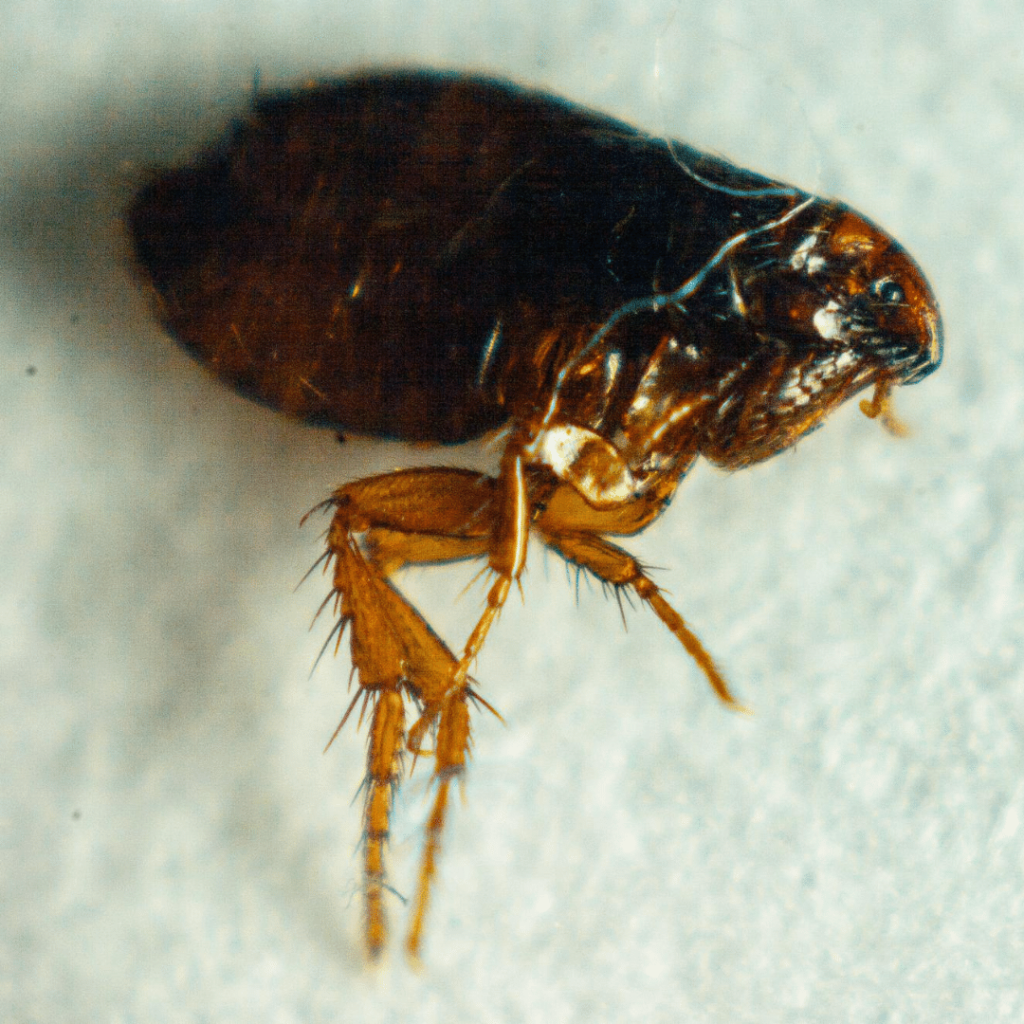
1. Fleas
Just about every dog and pet parent will deal with fleas at some point. They’re an extremely common external parasite that can be a real drag for you and for your furry friend. Even if your dog is already on monthly flea prevention, it’s good to know where fleas come from, how to recognize fleas on your pet, and some other steps you can take to prevent them.
· Where do dogs get fleas in the first place?
Fleas generally come from your dog’s environment, such as your yard or wherever you go for your daily walks. They can also enter your home on pant legs and shoes when you come inside, and then find their way to your pets for a meal. And, of course, they can also be transferred from one animal to another, such as at the dog park.
· How to Recognize Fleas on Your Dog
We all know that fleas will make your dog itch like crazy, but there are other things to look for as well. The best way to confirm that your dog has fleas is to part the hair and look for fleas crawling around in his coat or next to his skin. You may also notice little black specks, called flea dirt, which are actually flea feces. These flecks will turn red when your dog gets wet. Some dogs are very allergic to flea bites, and even one or two bites can cause them to have red inflamed skin, sores, hot spots, and hair loss.
· How to Prevent Fleas on Your Dog
The easiest and most effective way to prevent fleas on your dog is with a topical monthly flea preventative from your vet. Frequent bathing of your dog and washing his bedding regularly can also be very helpful. If your dog spends time in your yard, having it treated for fleas during the warmer months is also very important.
· How to Get Rid of Fleas on Your Dog
The best way to get rid of fleas on your dog is to give him a flea bath to remove any live fleas. You should also treat your home, your pet’s bedding, and yard at the same time. Then, administer a monthly flea preventative to kill any remaining fleas and eggs and prevent re-infestation.
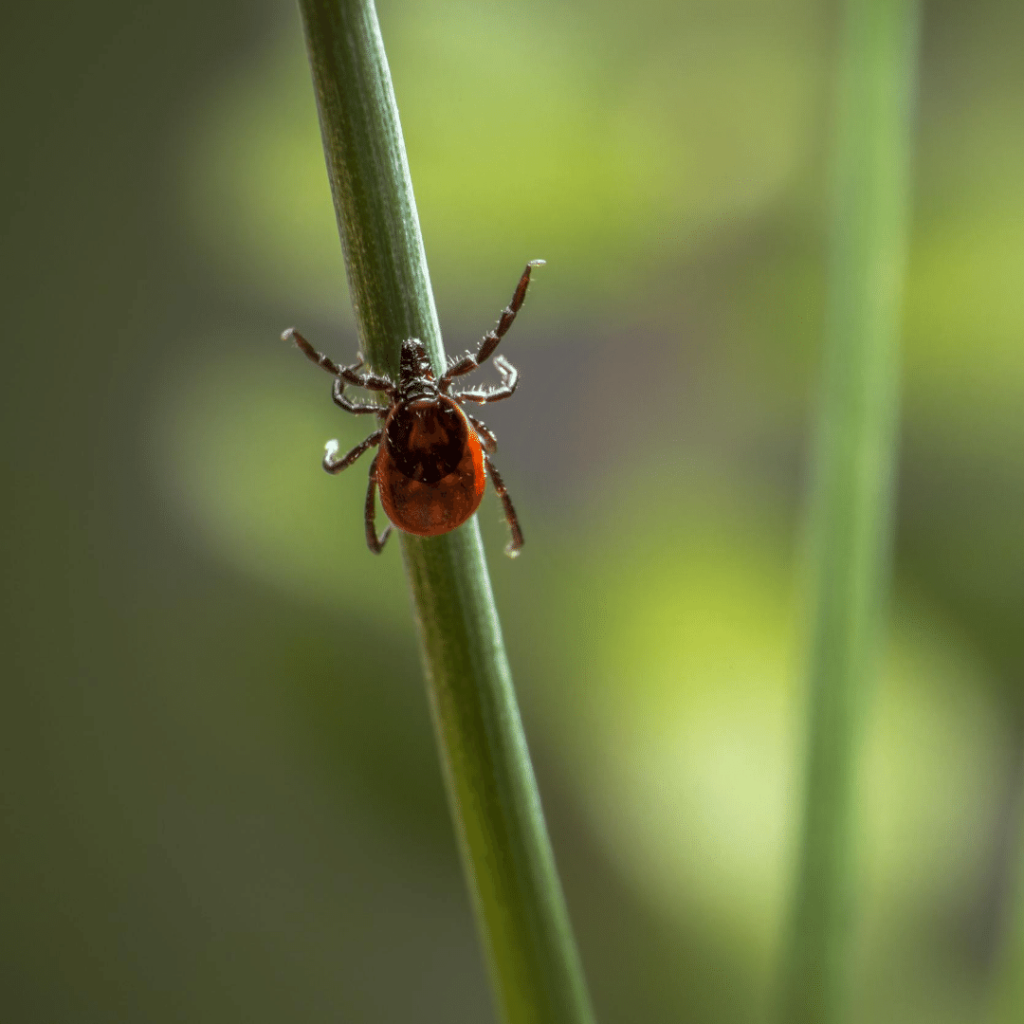
2. Ticks
Sadly, ticks are another common external parasite that can be found throughout the United States. Even one tick bite can be dangerous for you or your dog, so taking steps to prevent them is super important.
· How Dogs Get Ticks
Ticks also come from the dog’s environment. They’re more common in grassy and woodsy areas. They can also be transported from place to place by wild animals like squirrels, rodents, and raccoons. Tick infestations in kennels are also fairly common and very difficult to control. Unfortunately, ticks can detect the scent of their intended host and they actually lay in wait for any mammal, including humans.
· How to Recognize Ticks on Your Dog
In most cases, your first sign that your dog has ticks will be finding one attached to his skin. They love warm moist areas, such as between the toes, in the paw pads, inside the ears, the armpits, and in between the back legs. Their saliva actually contains an anesthetic, so your dog may not even be itching or licking at the area.
Unfortunately, tick infestations are quite serious because many species of ticks can transmit serious diseases, like Lyme disease and Rocky Mountain Spotted Fever. These diseases can affect humans as well. Symptoms of tick-borne diseases can vary greatly, but some of the most common are enlarged lymph nodes, swollen joints, limping, lack of appetite, lethargy, and fever. Any of these symptoms should raise a red flag and warrant a trip to the vet.
· How to Prevent Ticks on Your Dog
One of the best ways to prevent ticks on your dog is to consult with your vet about a monthly topical or oral tick control product. You should also keep your dog on a leash during walks so that he can’t get into tall grass and bushes. If you take your dog to a kennel, be sure they are taking steps to prevent tick infestations.
· How to Get Rid of Ticks on Your Dog
It is very difficult to get rid of ticks once they find their way onto your dog or into your home. You will need to consult with a professional pest control service to have your yard and home treated. The ticks on your dog may have to be removed manually, so consult with your vet for advice on the best approach. It may take several treatments to get rid of the ticks, depending on how bad the infestation is.
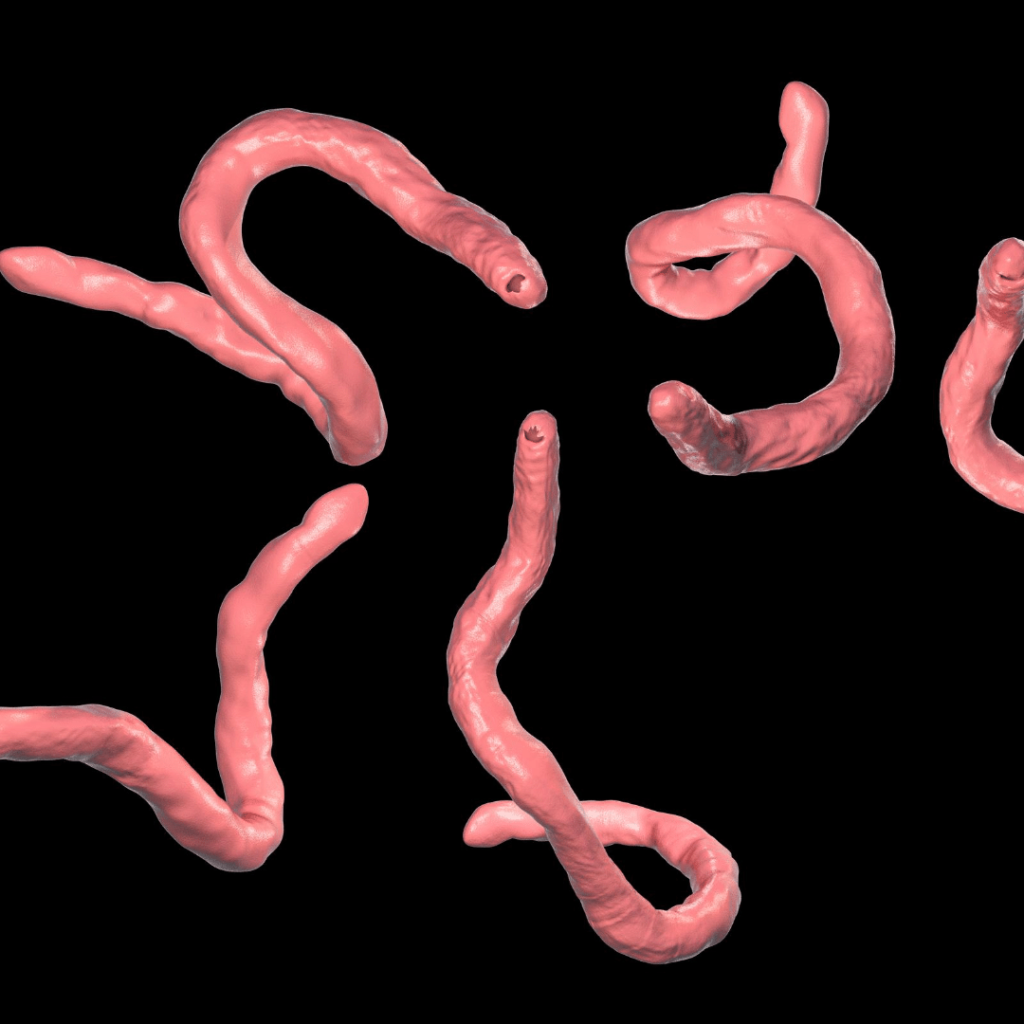
3. Hookworms
Hookworms are an internal parasite. These creepy critters have hook-like mouths that they use to attach themselves to a dog’s intestines.
· How Dogs Get Hookworms
These intestinal parasites are transmitted when a dog ingests hookworm larvae from eating something like infested feces or soil. Puppies can also get hookworms from their mother’s milk.
· How to Know if Your Dog Has Hookworms
Most adult dogs don’t display symptoms when they have hookworms, but in rare cases, they may have diarrhea. On the other hand, puppies with hookworms can become extremely ill with weakness due to blood loss, pale gums, weight loss, vomiting, and diarrhea. In puppies, hookworms can be fatal without treatment.
· How to Prevent Hookworms in Dogs
The best way to prevent hookworms in dogs is to avoid areas that may be contaminated, but that can be hard to determine. Monthly heartworm prevention that also protects against hookworms is a good option.
· How to Get Rid of Hookworms in Dogs
When a dog tests positive for hookworms, the vet will usually prescribe a deworming medication. Puppies who have hookworms may require several rounds of treatment.
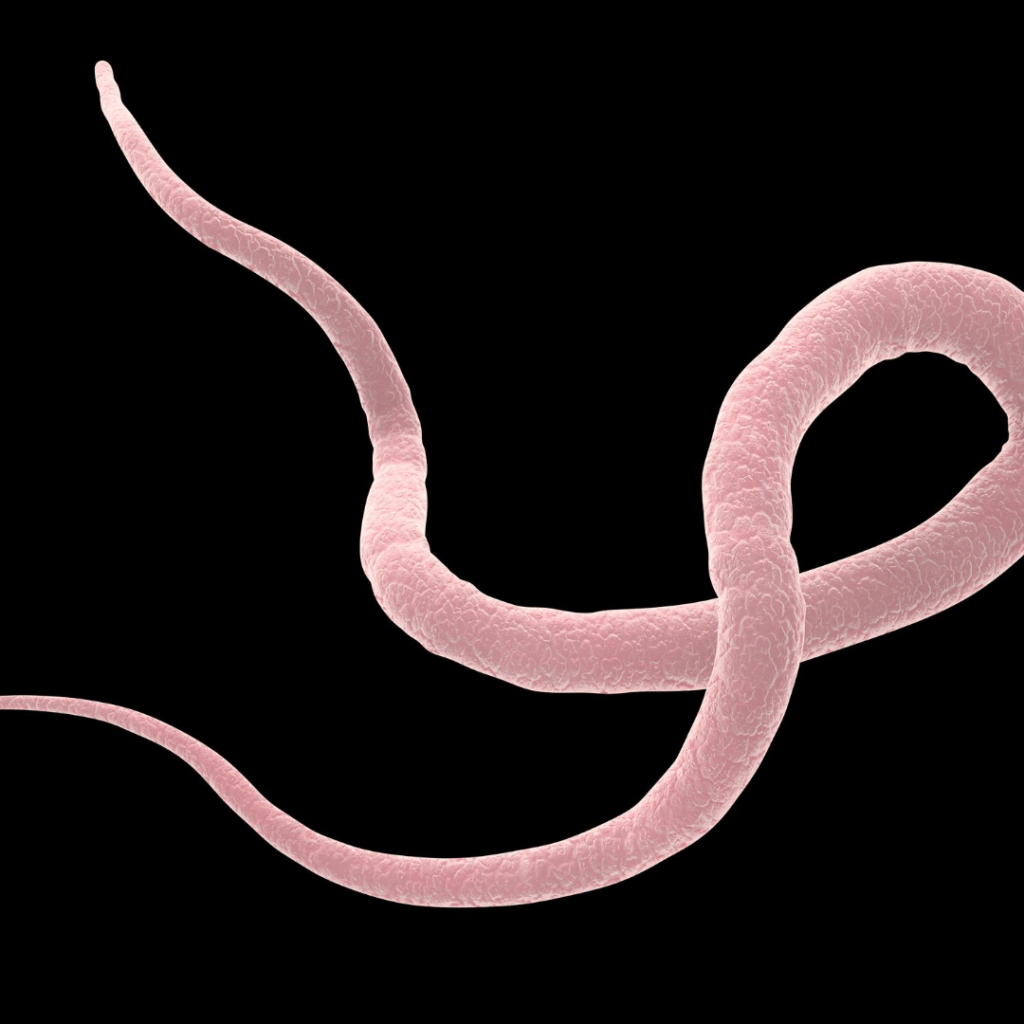
4. Roundworms
Roundworms are another intestinal parasite that dogs contract by eating the eggs. They are long, skinny, and round, kind of like spaghetti.
· How Dogs Get Roundworms
Dogs often get these internal parasites by eating dead, infested wild animals, like rodents, or by exposure to areas where infested animals have been. Puppies can also get roundworms from their mother through the placenta.
· How to Know if Your Dog Has Roundworms
Adult dogs don’t usually show symptoms when they have roundworms, but puppies may not gain weight as they should. In extreme cases, their tummies may be bloated, and they may experience hair loss, vomiting, and diarrhea.
· How to Prevent Roundworms in Dogs
Your dog’s monthly heartworm preventative should also prevent roundworms. Avoiding contaminated areas is ideal, but it’s hard to know if an area has been contaminated by an animal with roundworms.
· How to Get Rid of Roundworms in Dogs
Roundworms are treated with prescription deworming medication from your veterinarian. Puppies may require several rounds of treatment to eliminate the parasite.
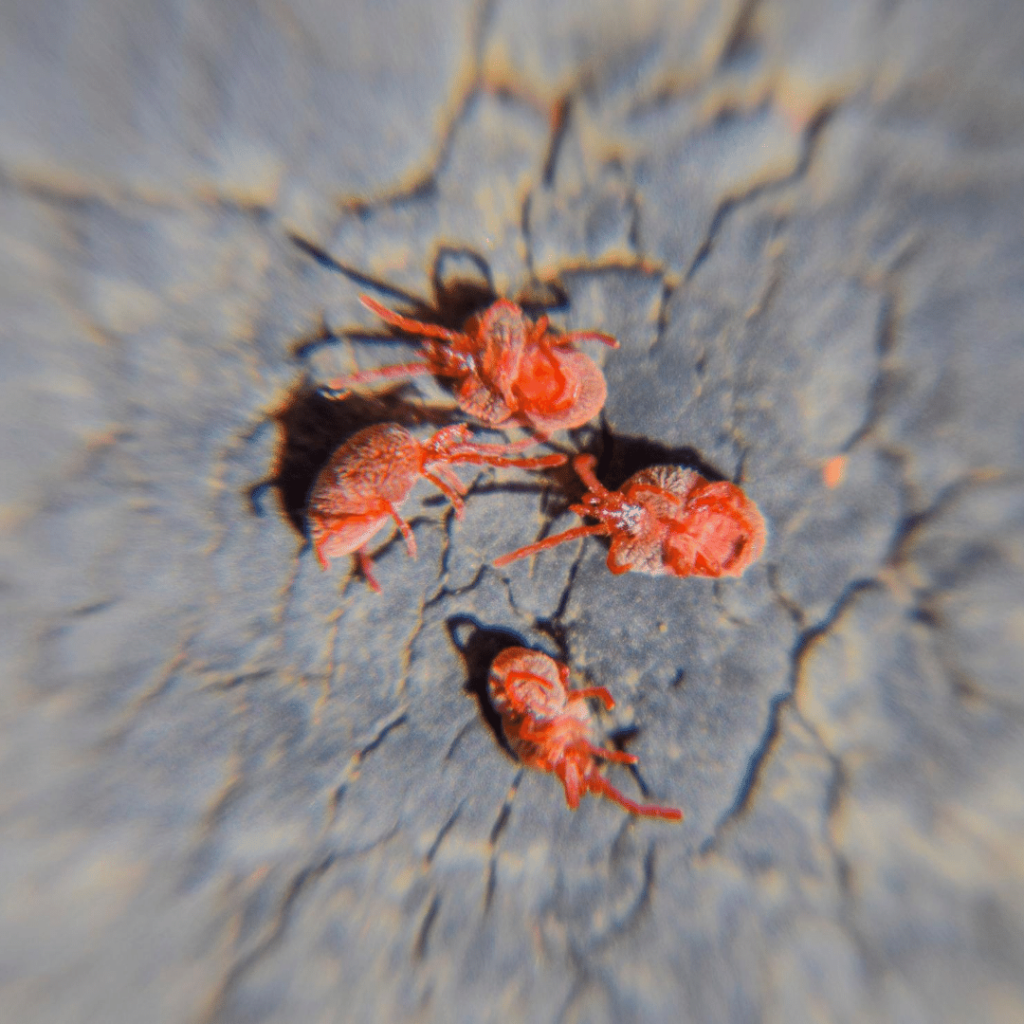
5. Mites
Mites are an external parasite. There many different kinds, but Demodex and Sarcoptic are the two most commonly found on canines.
· How Dogs Get Mites
Demodex mites do not transfer from dog to dog or dog to human. They’re found naturally on dogs, but an overgrowth of them can cause demodectic mange, especially in puppies who have weak immune systems.
Sarcoptic mites are transmitted from animal to animal, such as from cattle, wild animals, or other dogs.
· How to Know if Your Dog Has Mites
Hair loss and itching are the early signs of mites. In advanced cases, the dog may develop scabs, very intense itching, and in the case of sarcoptic mites, dry thick crusts on the ears and elbows. Sometimes, the dog will act like he feels ill in general.
· How to Prevent Mites on Dogs
Keeping your dog away from infested animals is the best way to prevent mites. Many flea preventatives will also prevent mites.
· How to Get Rid of Mites on Your Dog
In many cases, Demodex mites will resolve themselves. Sarcoptic mites are usually treated with medicated baths and prescription medications.
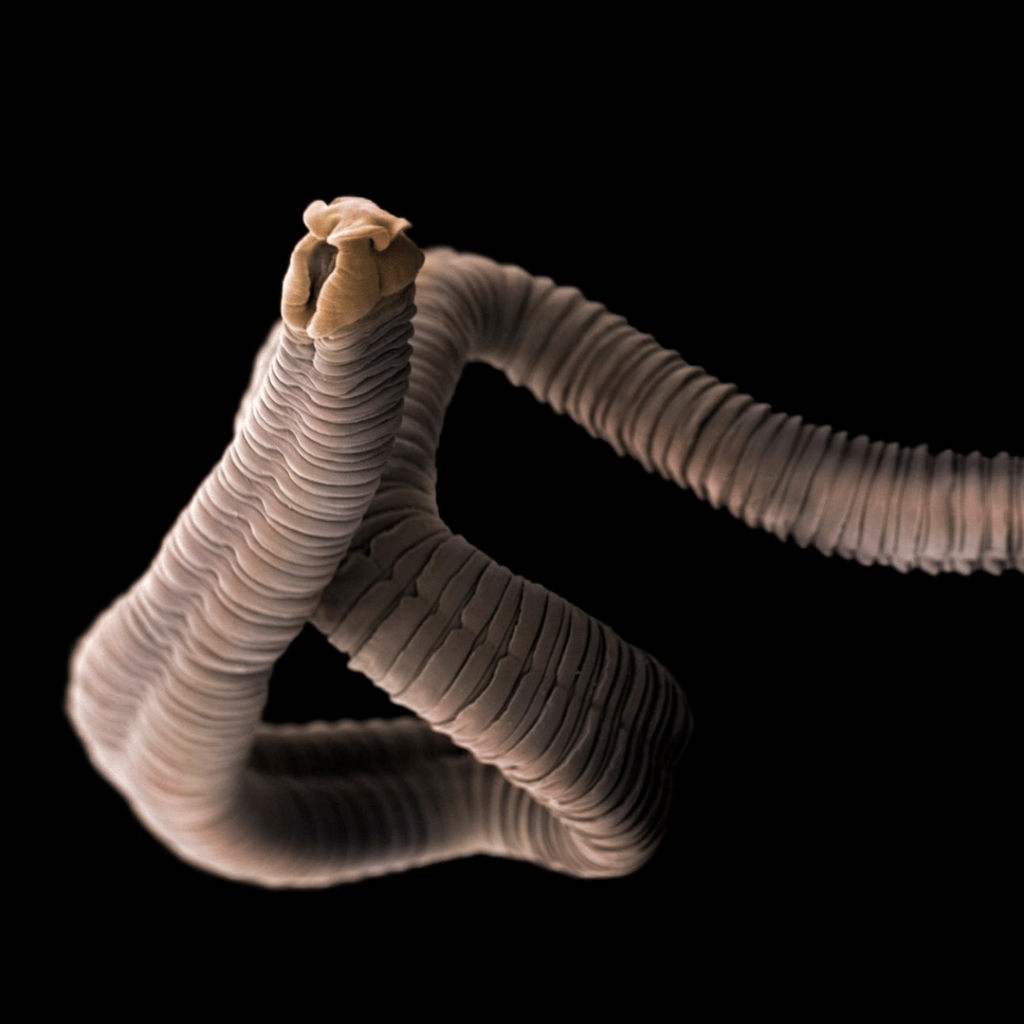
6. Tapeworms
Tapeworms are long, flat internal parasites. They start out tiny, about ¼-inch, but they can grow as long as long as eight inches.
· How Dogs Get Tapeworms
Dogs usually get tapeworms from eating fleas that are carrying tapeworm larvae. They can also get them from other infested animals, such as rodents and reptiles.
· How to Know if Your Dog Has Tapeworms
Many dogs never show any signs of tapeworms, but some dogs will lick at their rear end or scoot it across the floor. You may also see small segments of tapeworms stuck in the hair on your dog’s rear end or in his feces that resemble grains of rice.
· How to Prevent Tapeworms in Dogs
Preventing fleas from getting on your dog is the best way to prevent tapeworms. You should also never allow your dog to eat dead wild animals, like rodents or rabbits.
· How to Get Rid of Tapeworms in Your Dog
Tapeworms are treated with prescription medication from the vet.
Final Thoughts on Preventing Common Canine Parasites
The easiest way to prevent most common canine parasites is with monthly flea and tick preventative and monthly heartworm prevention from your vet. These two medications will cover most internal and external parasites your dog may become exposed to. If you suspect that your pet has contracted a parasite, give your vet a call right away for the quickest resolution.
